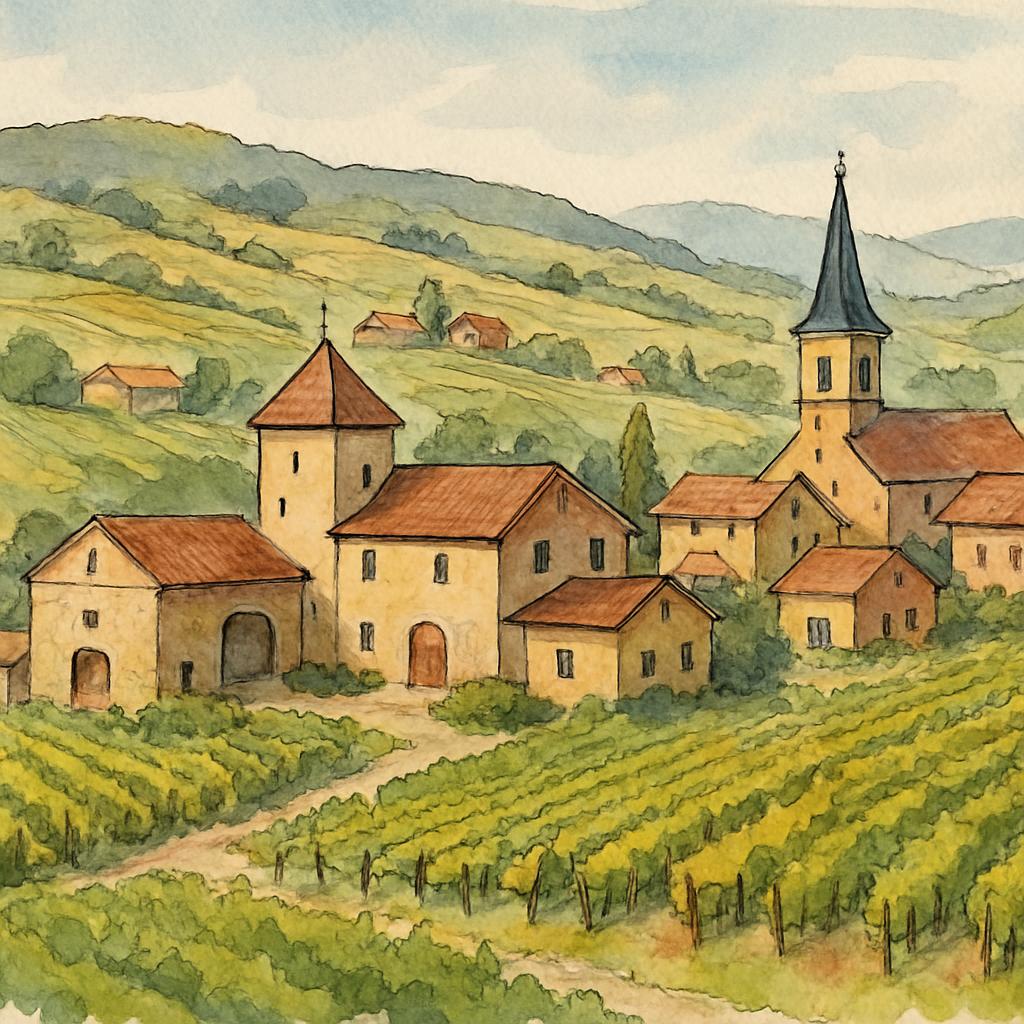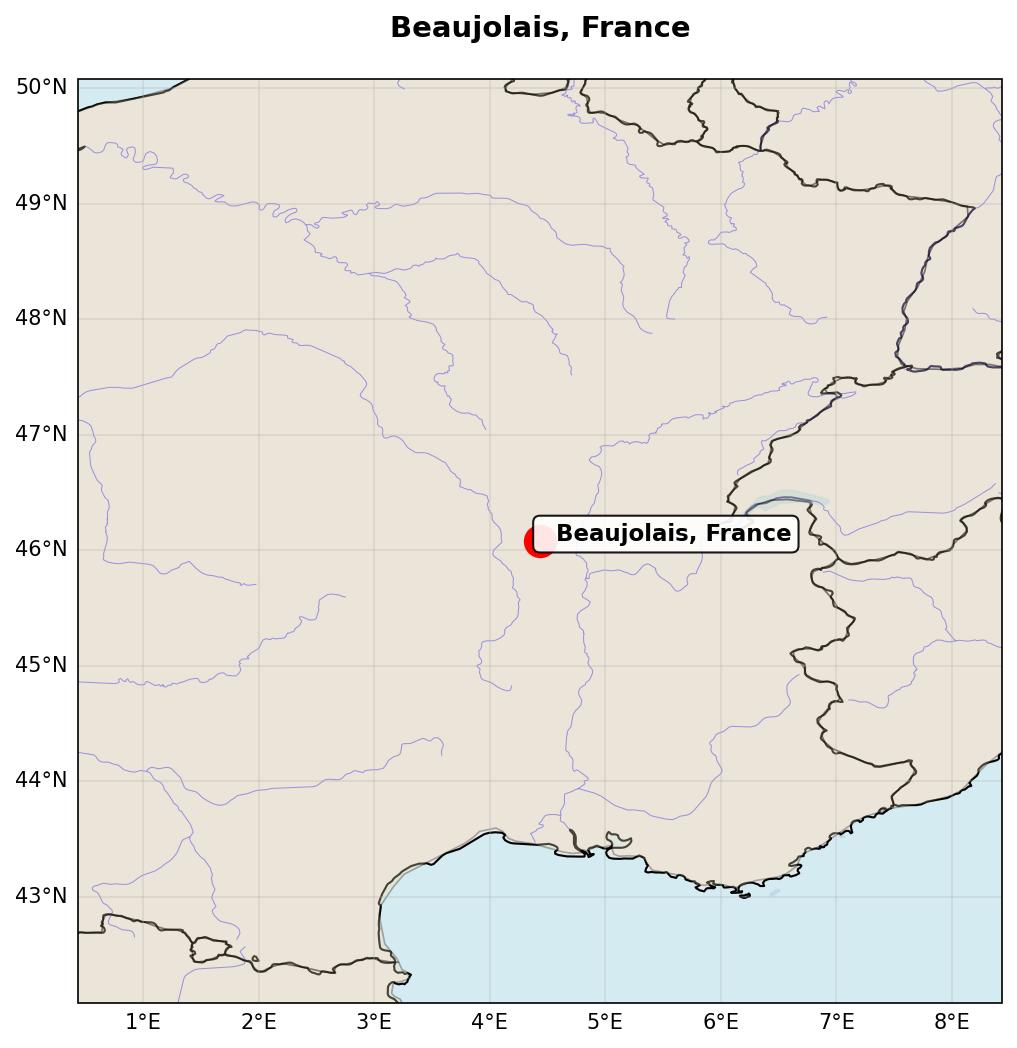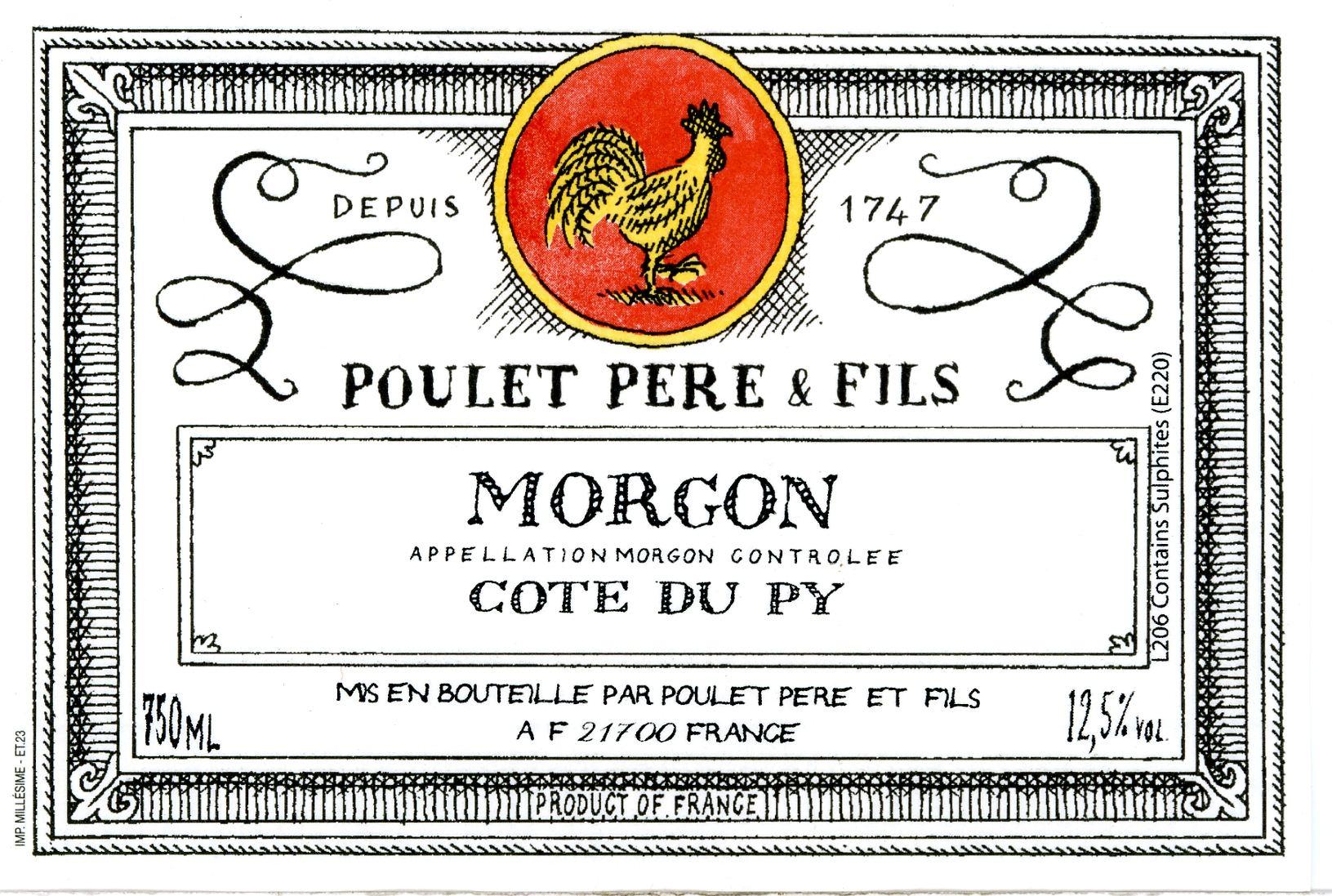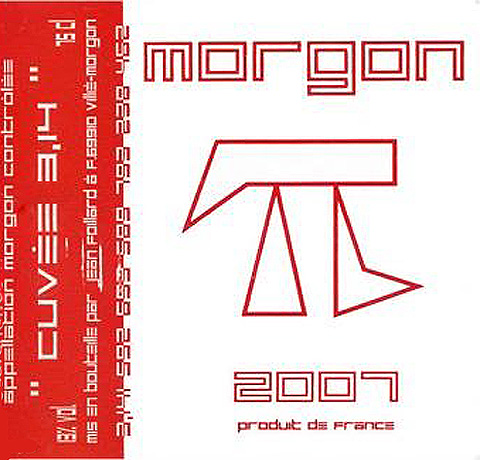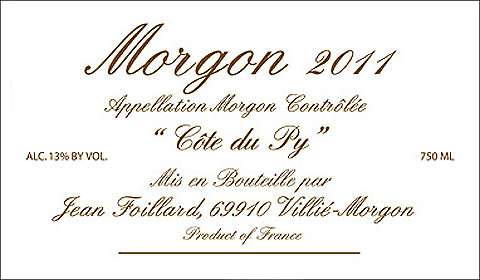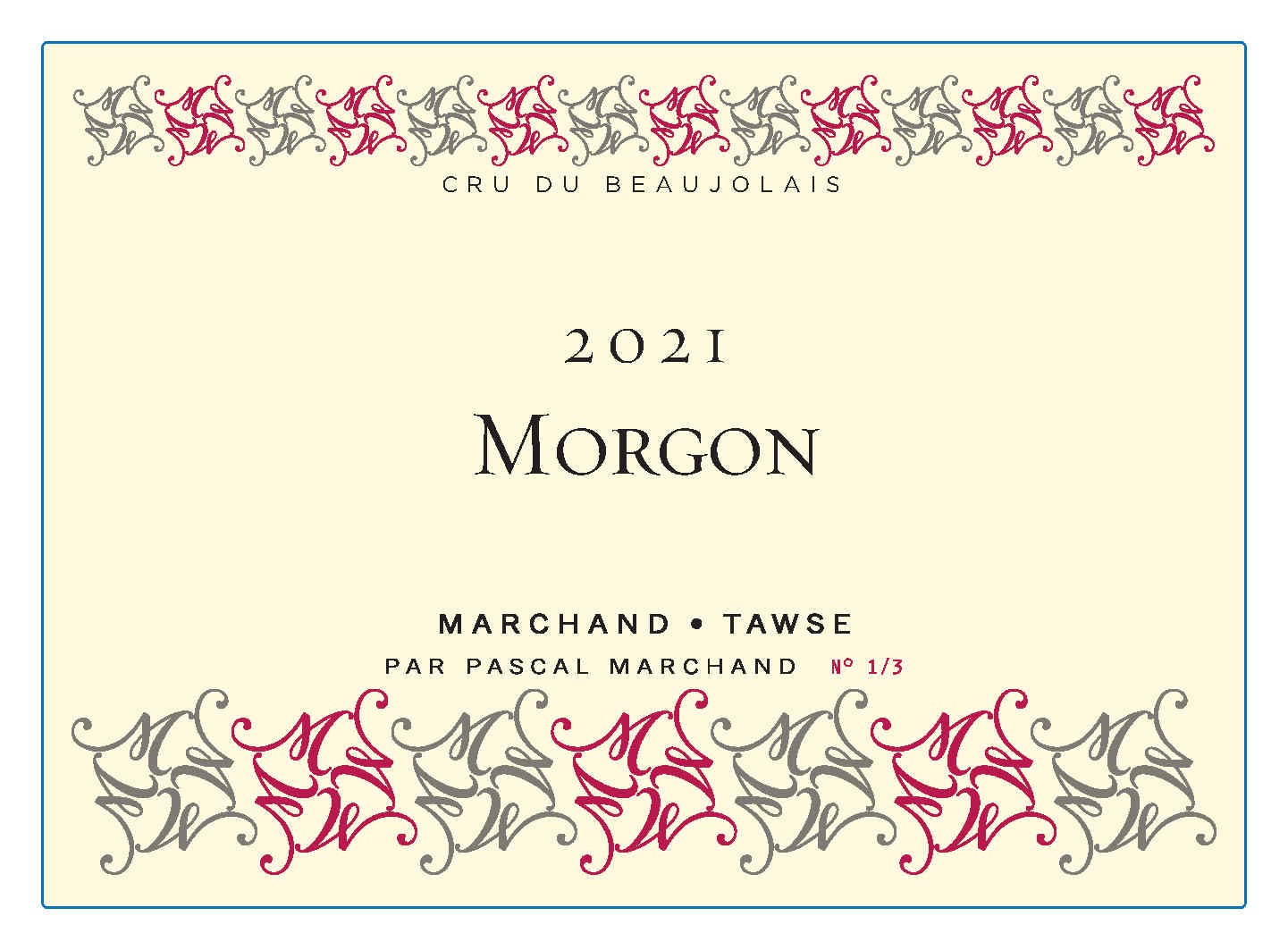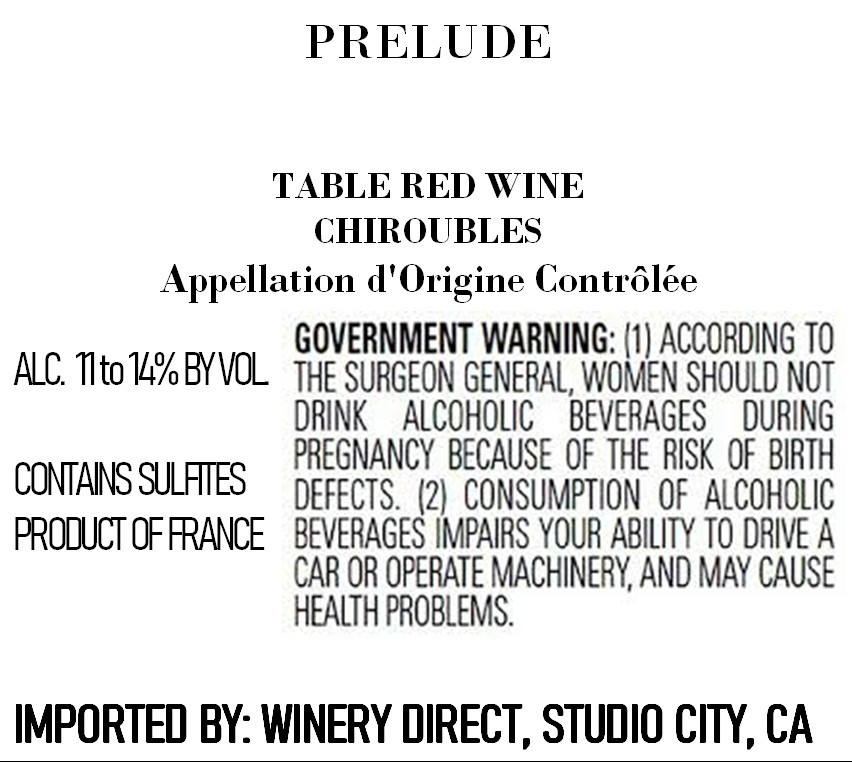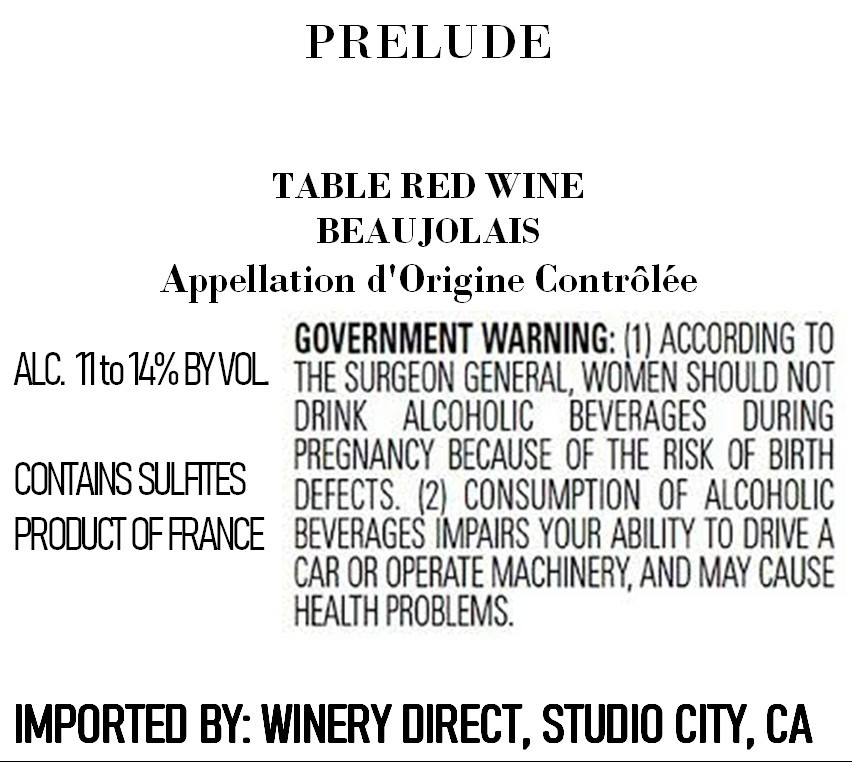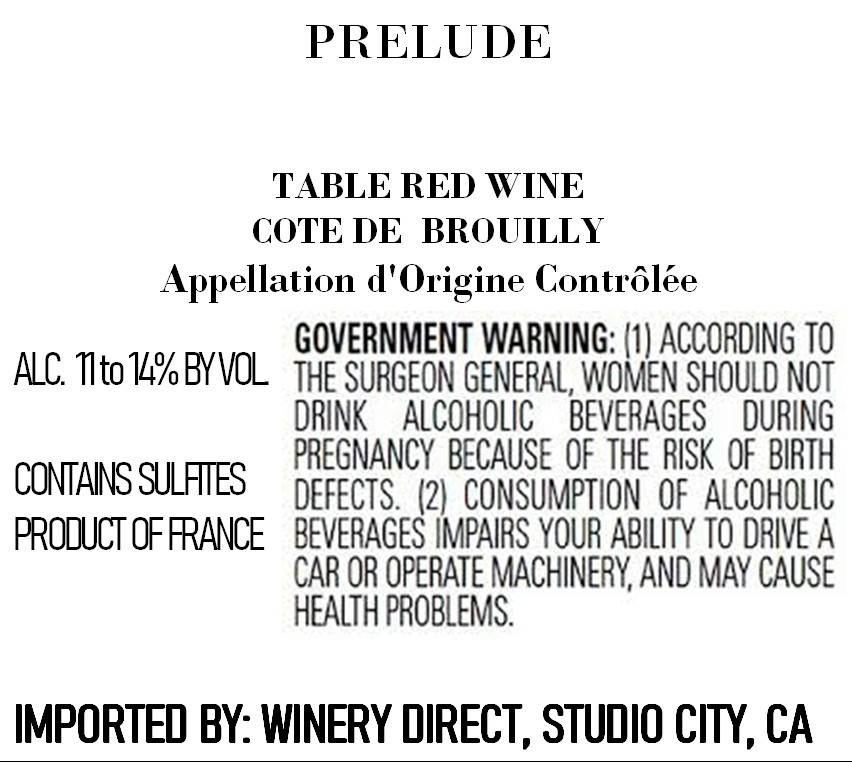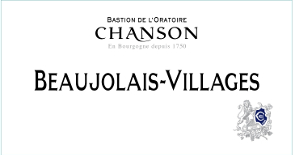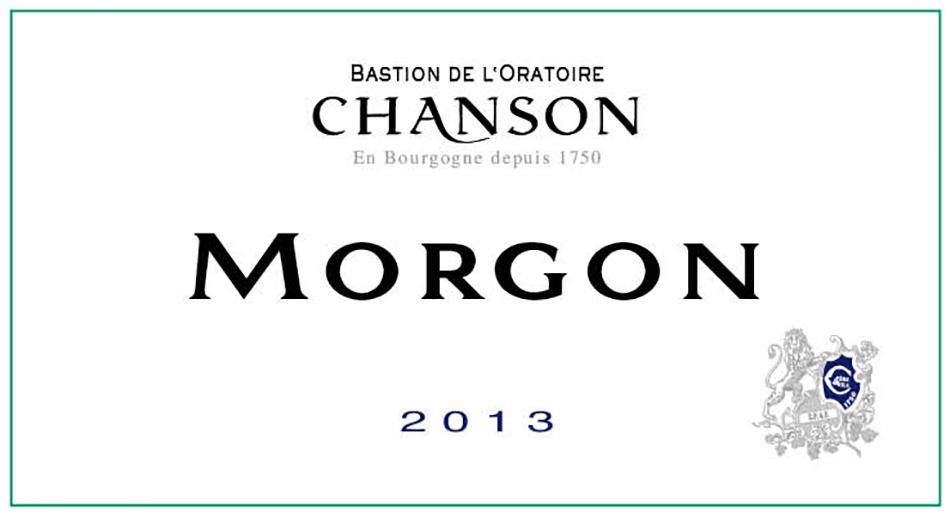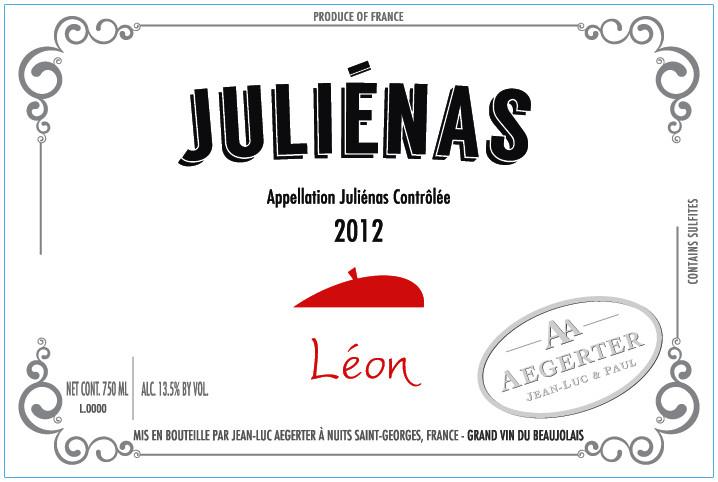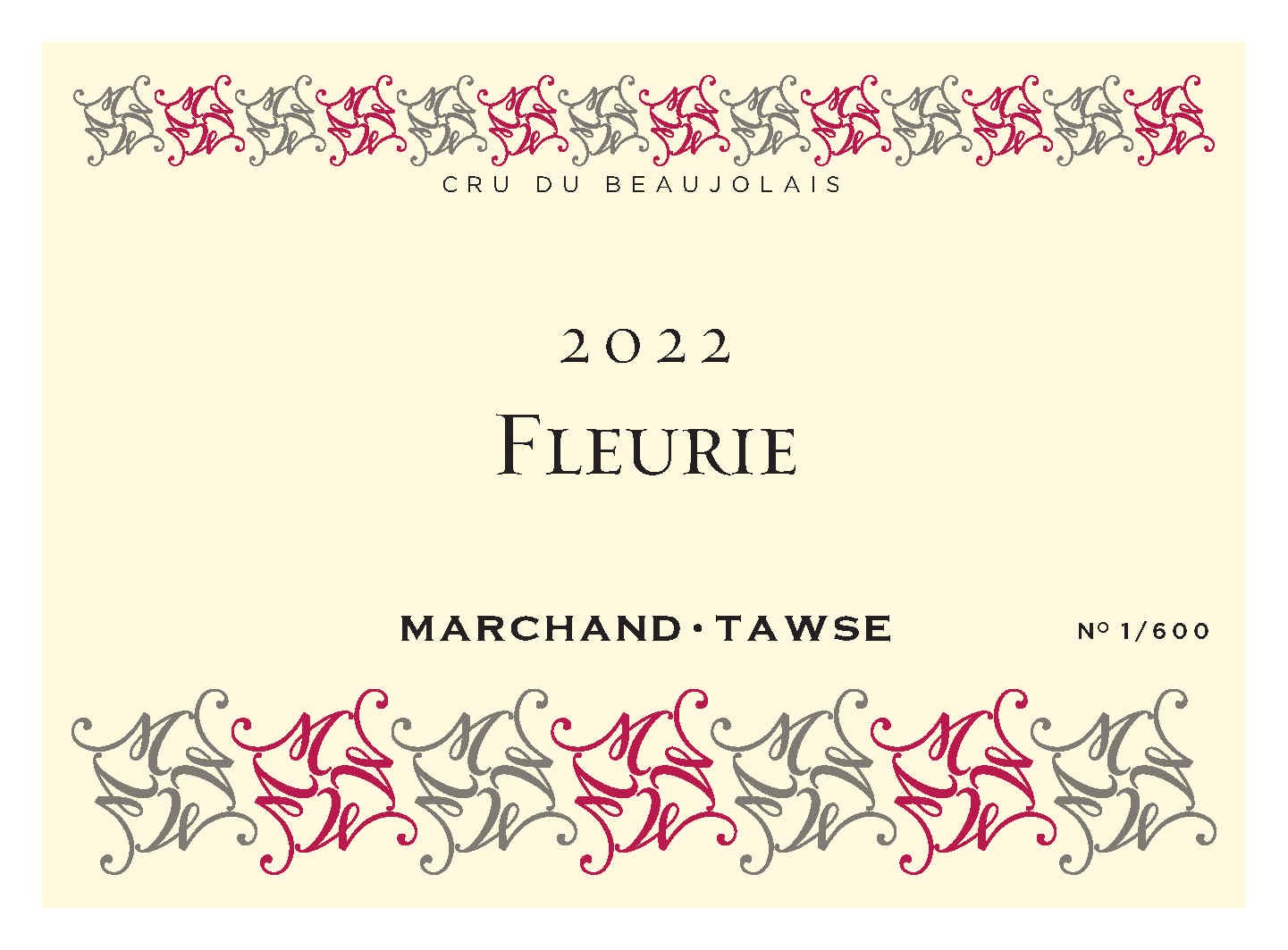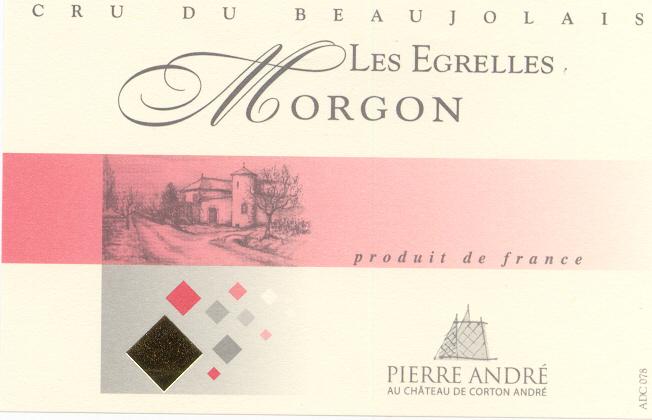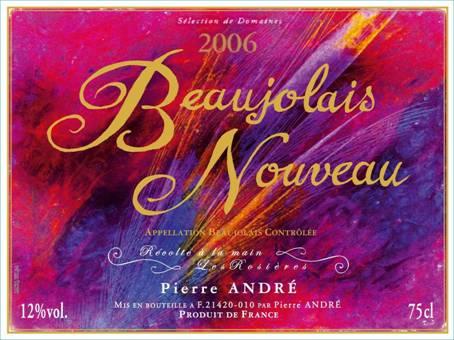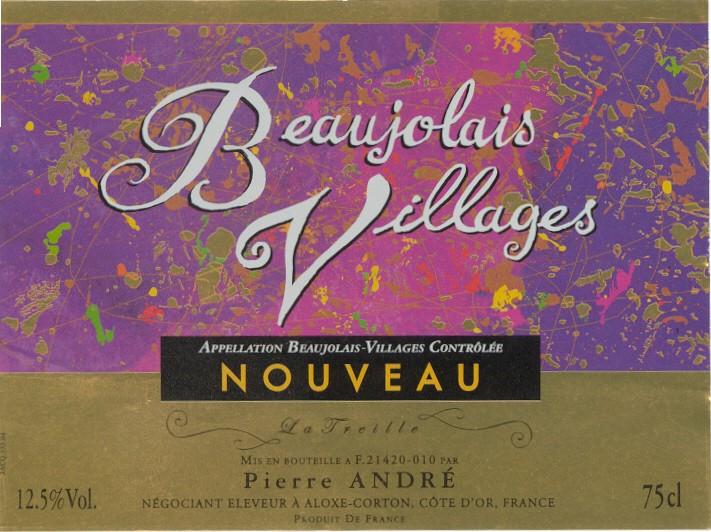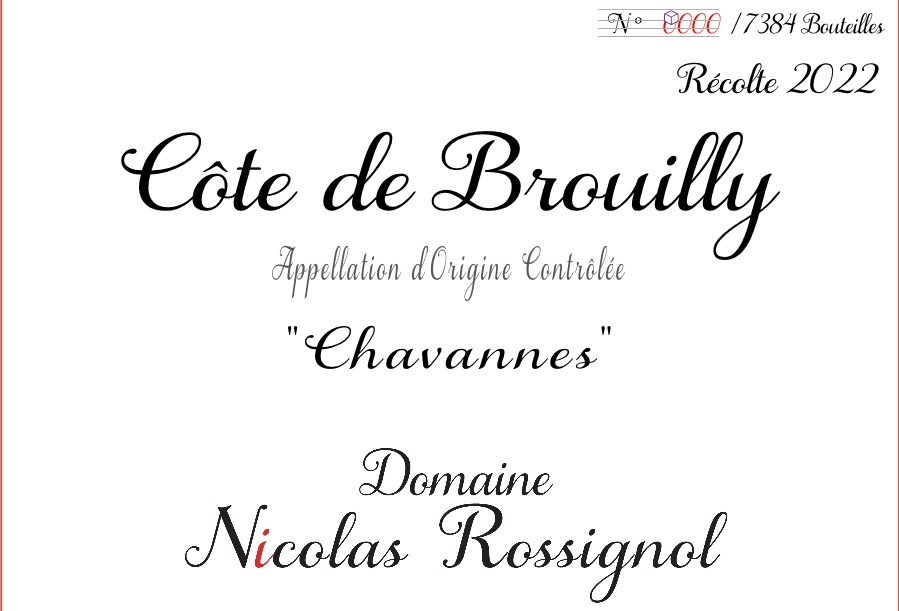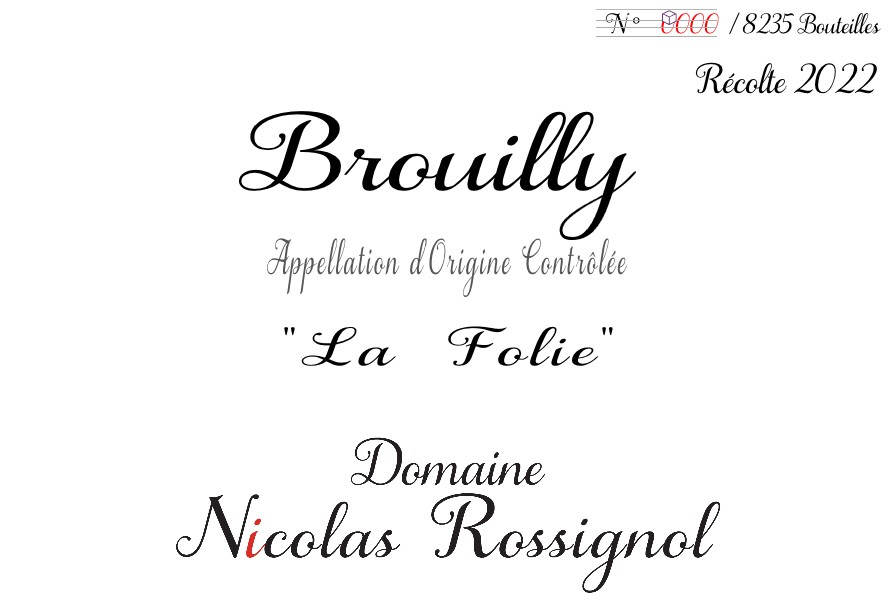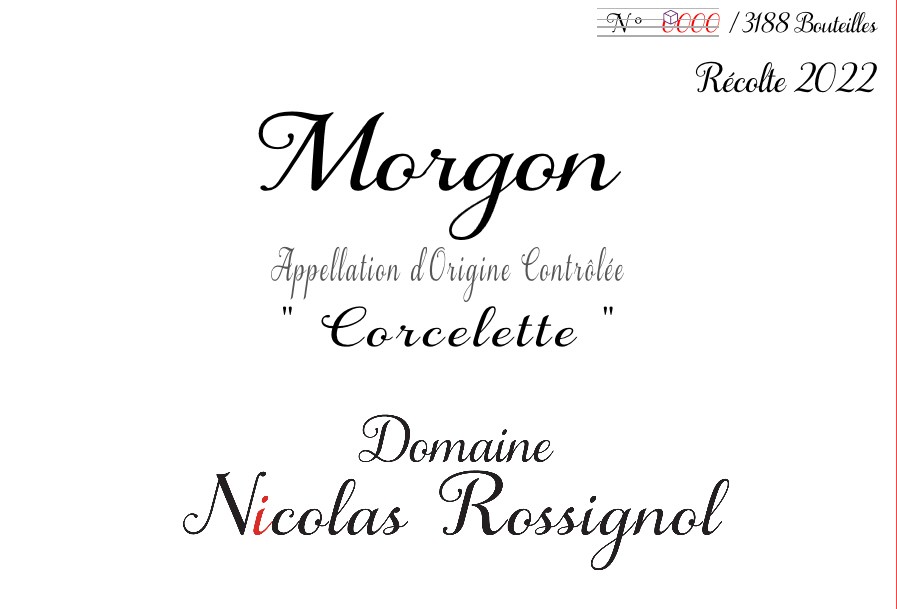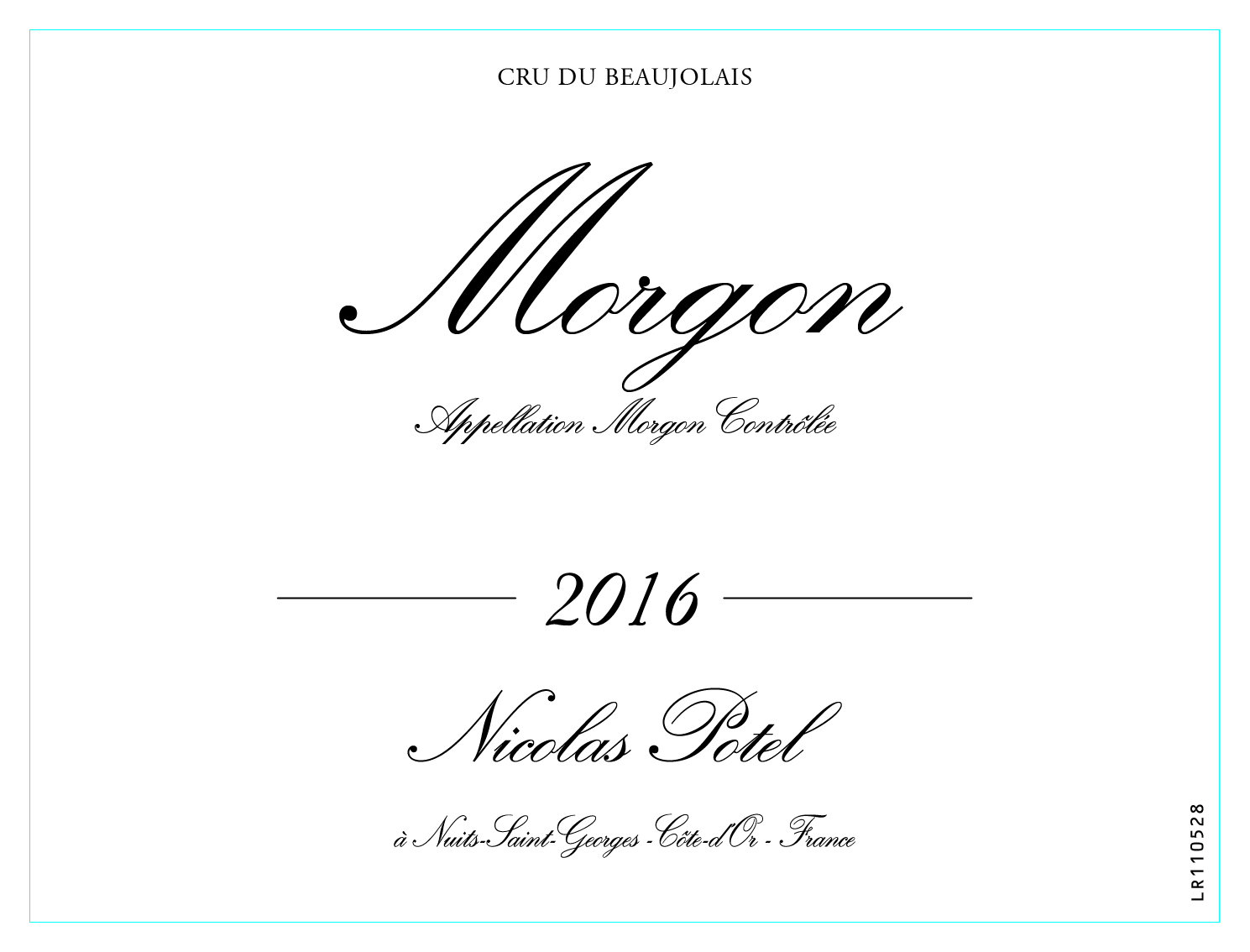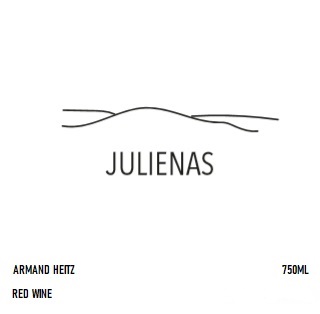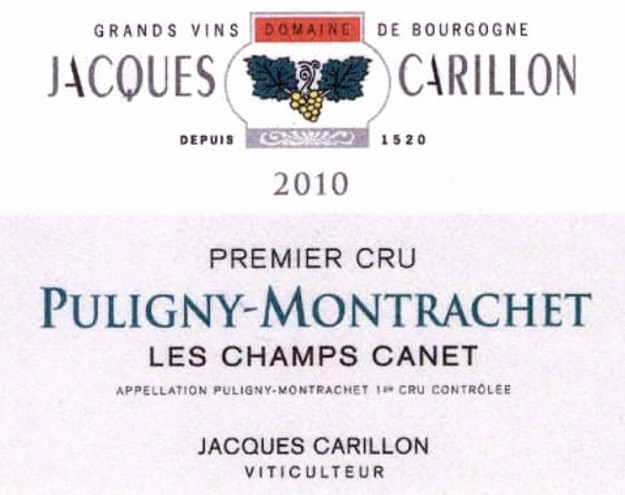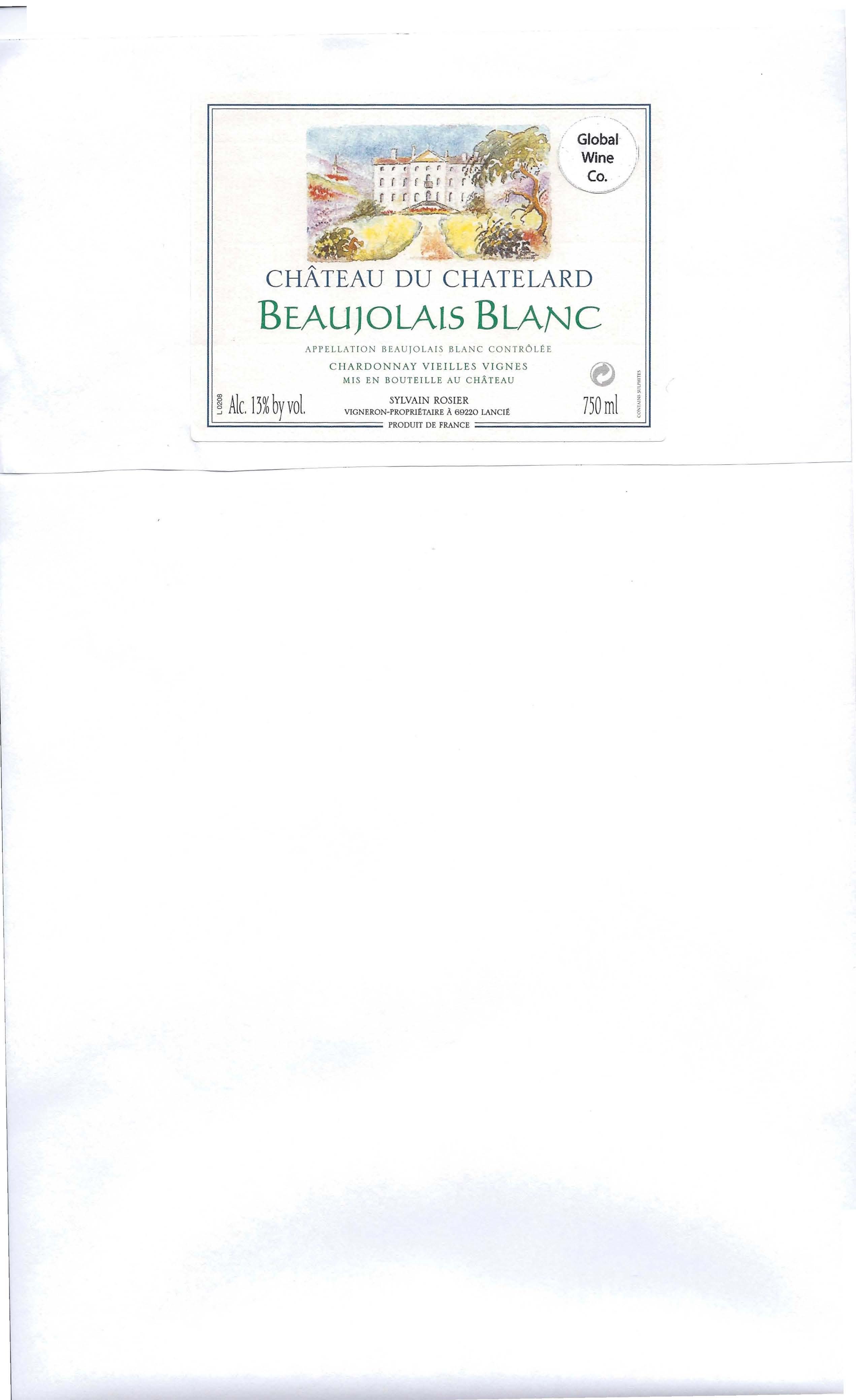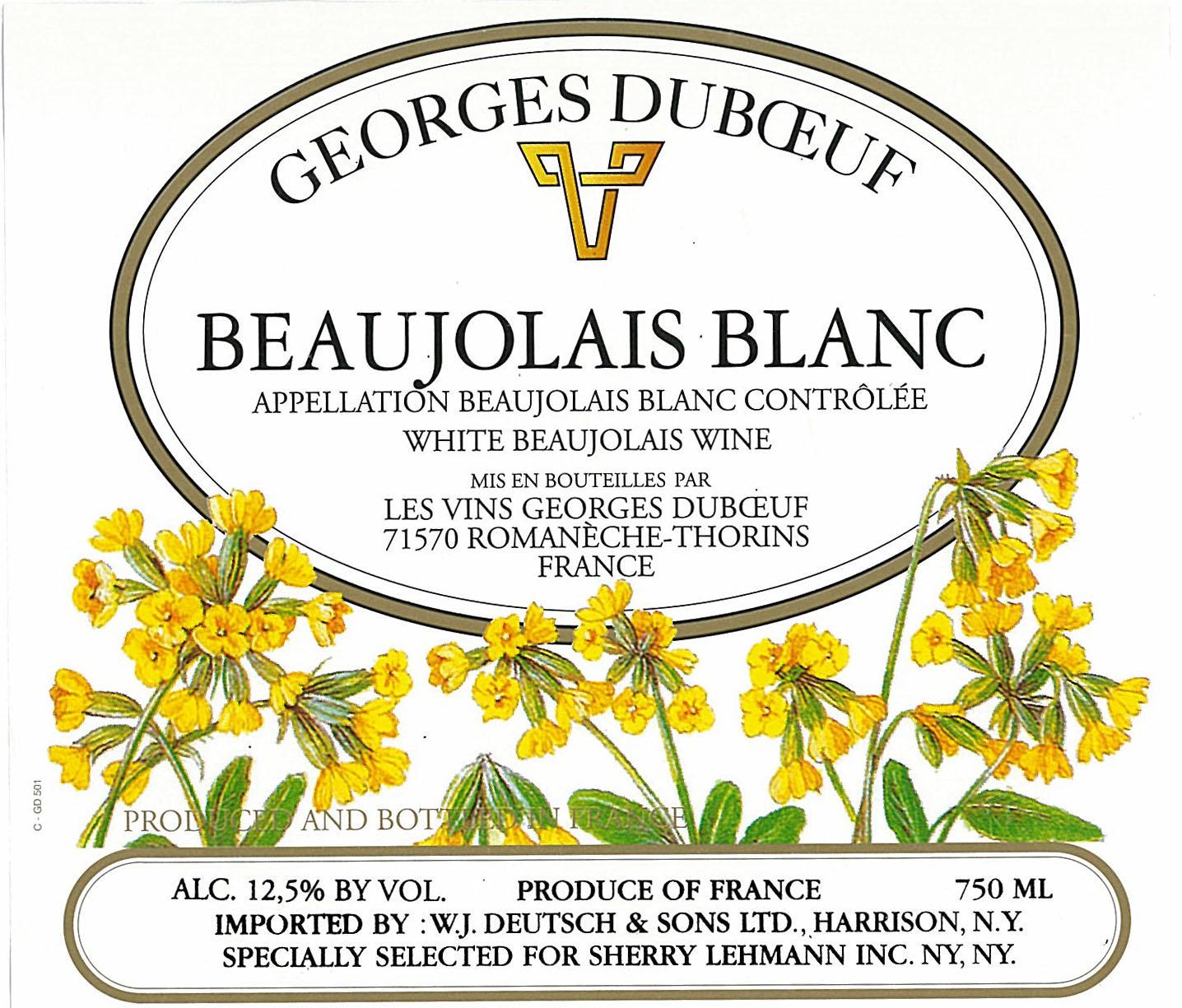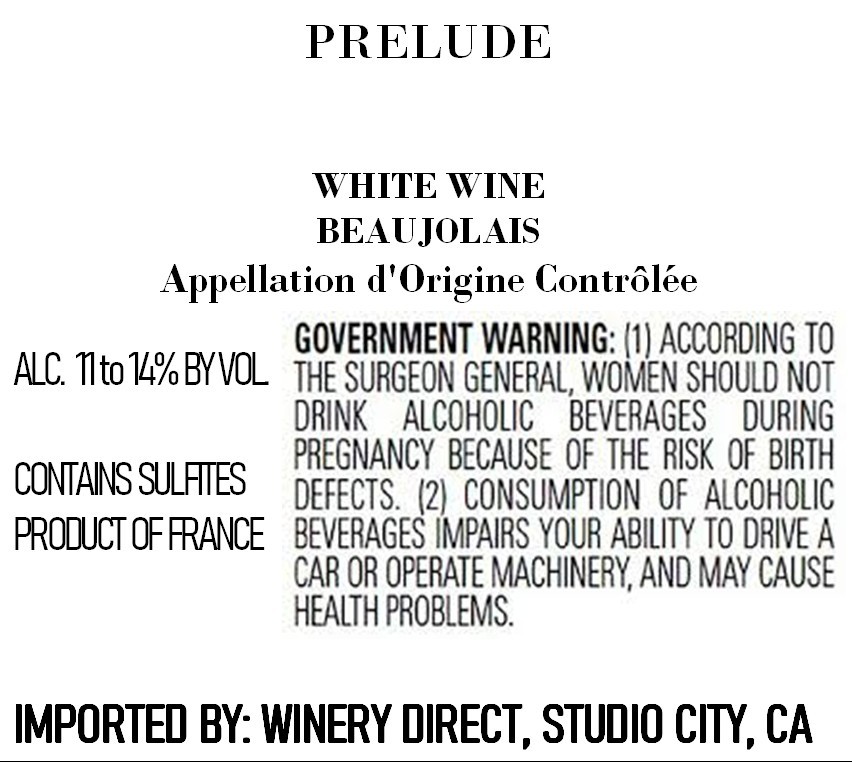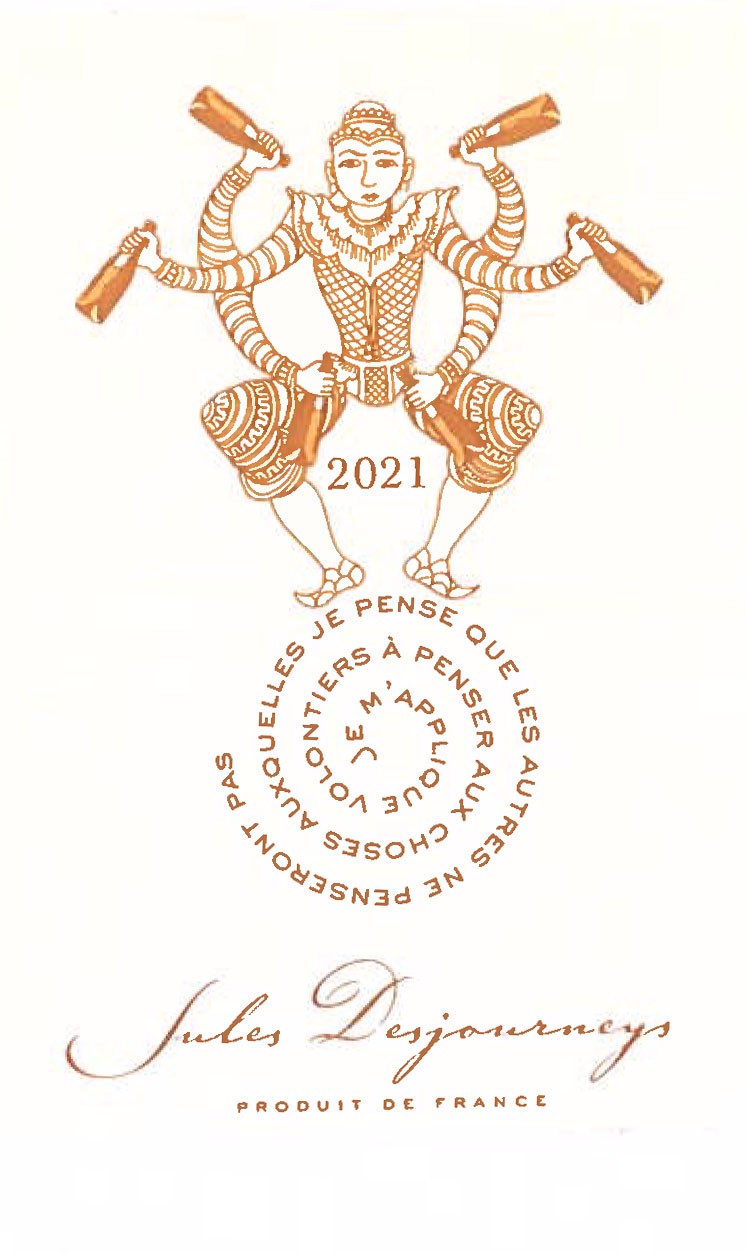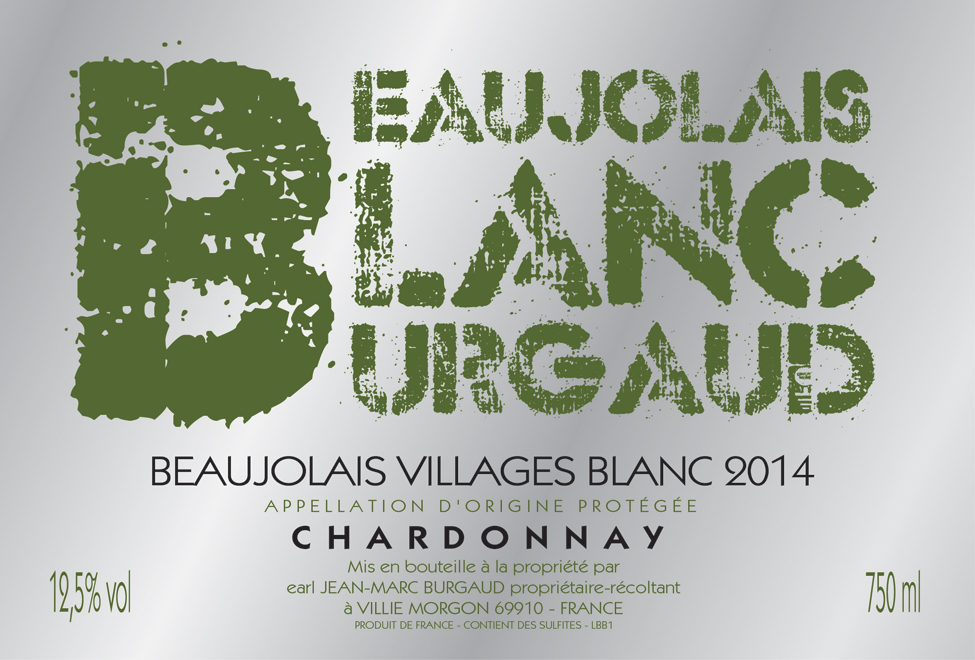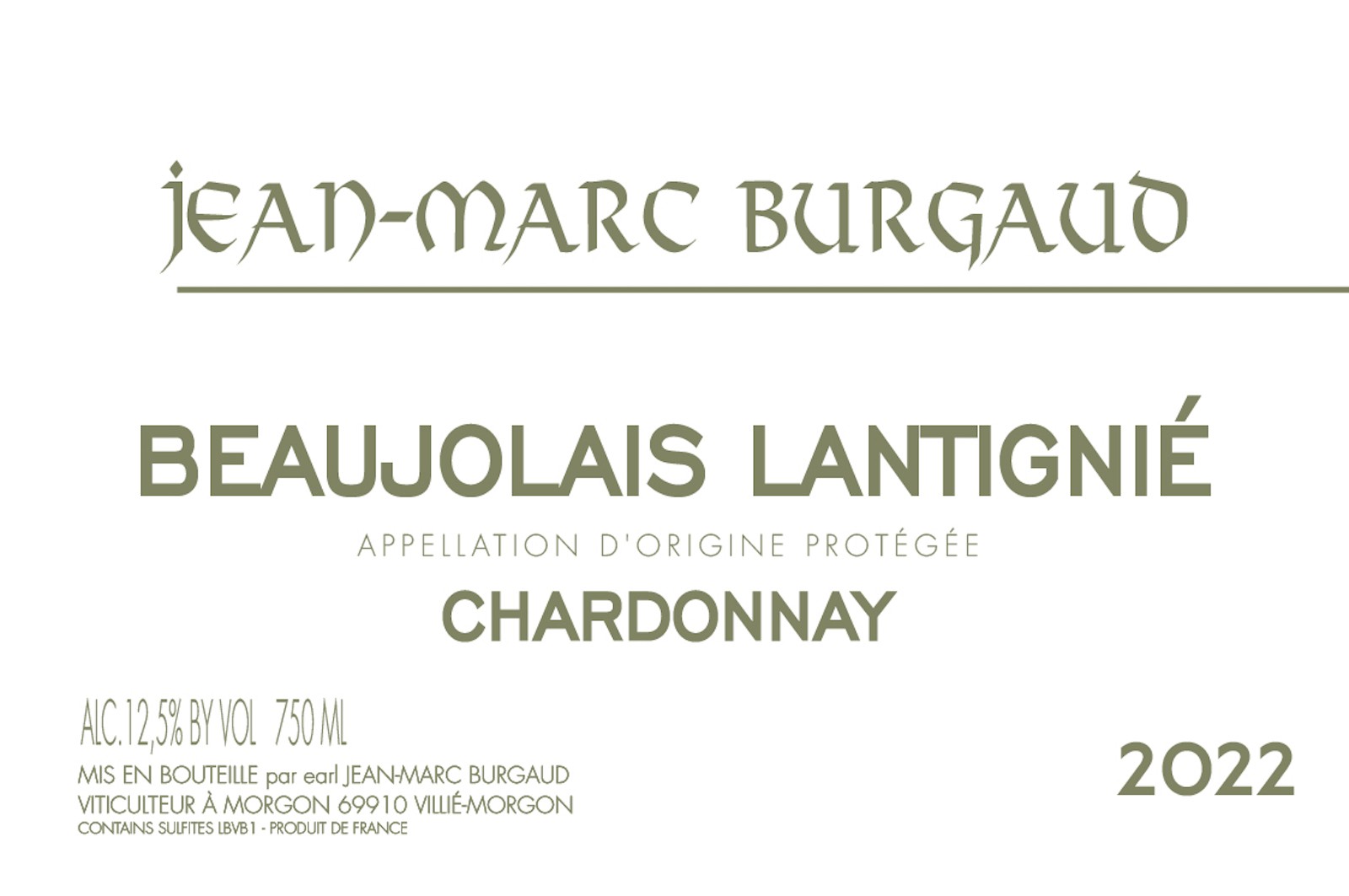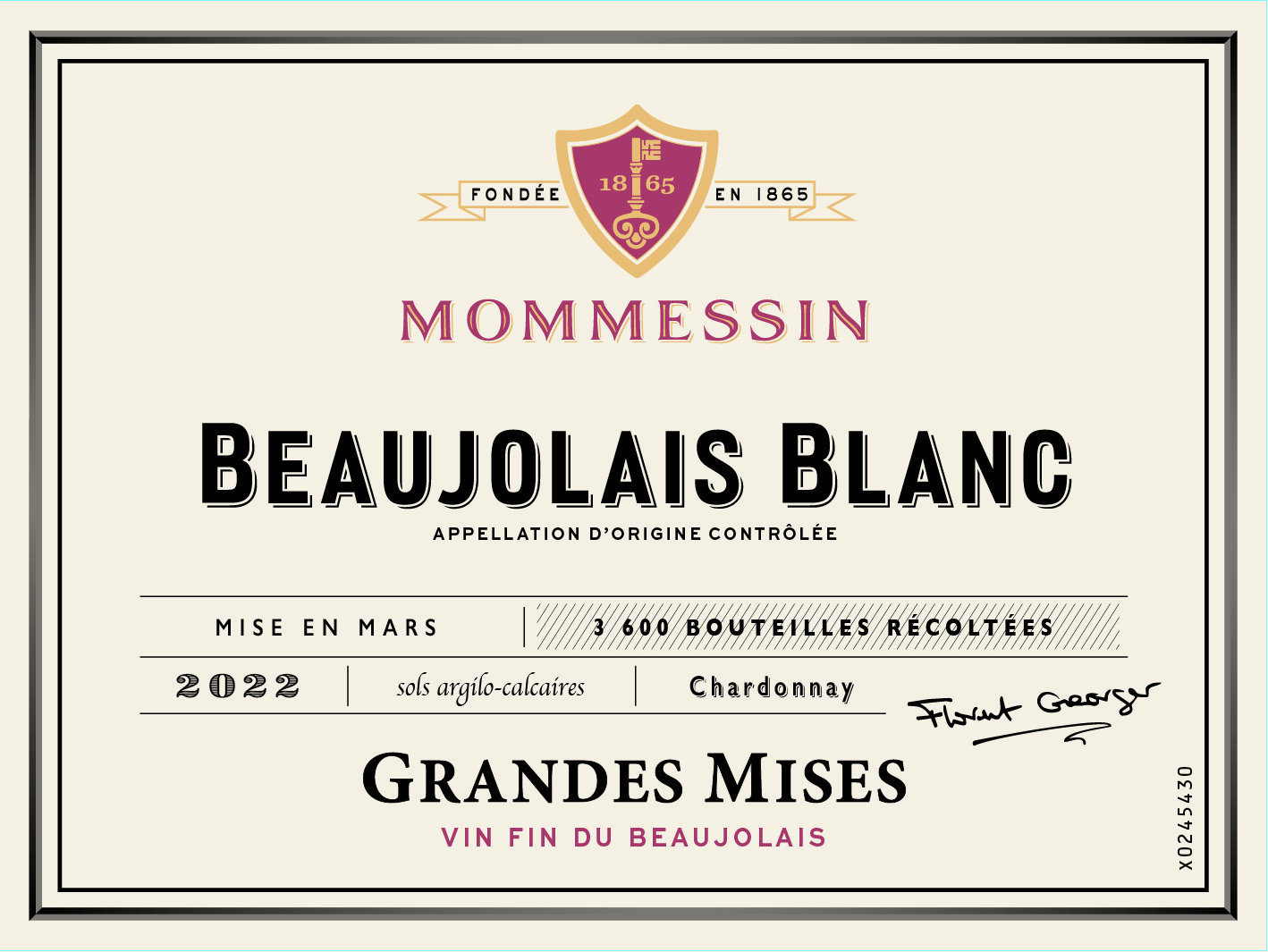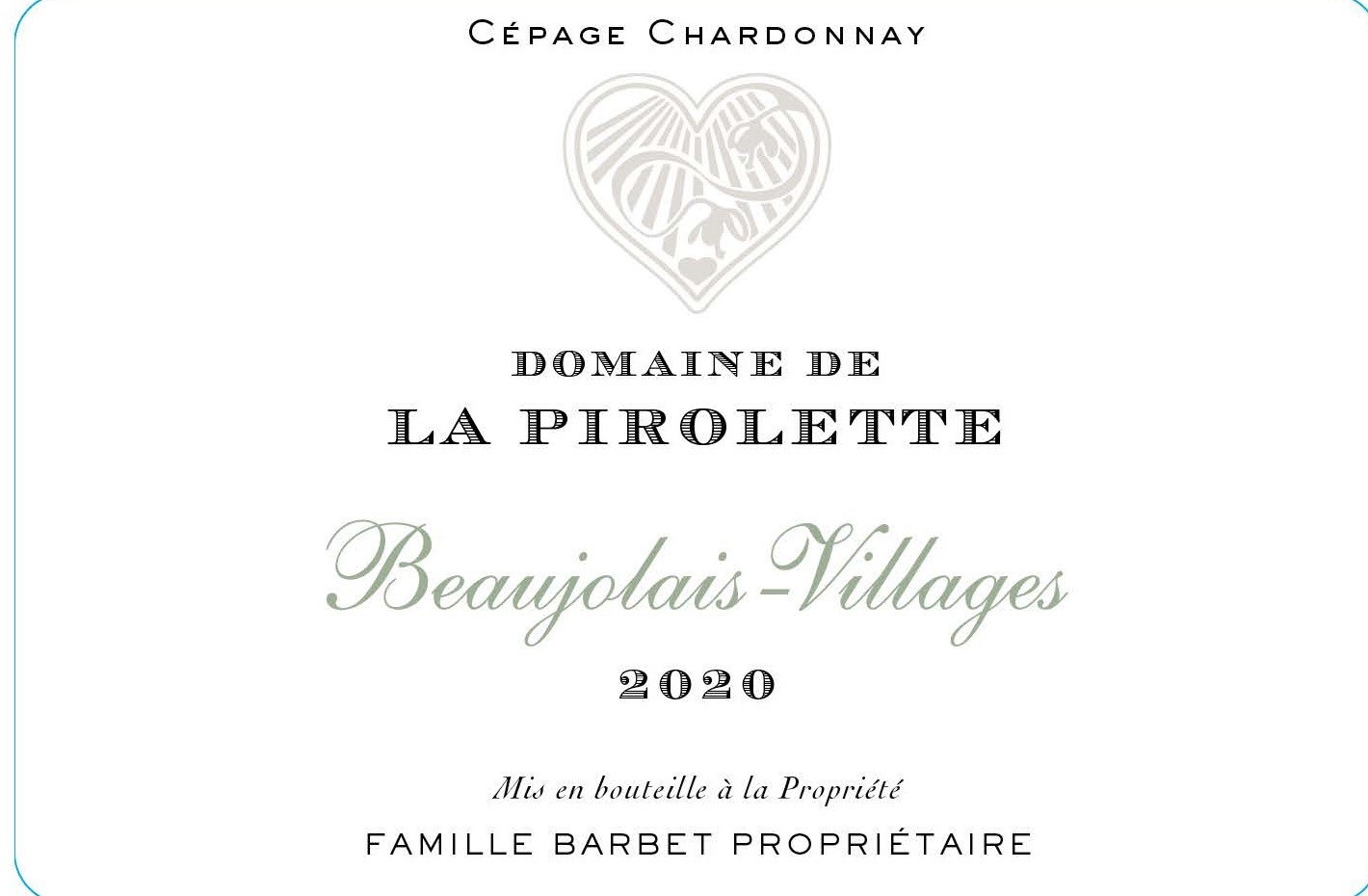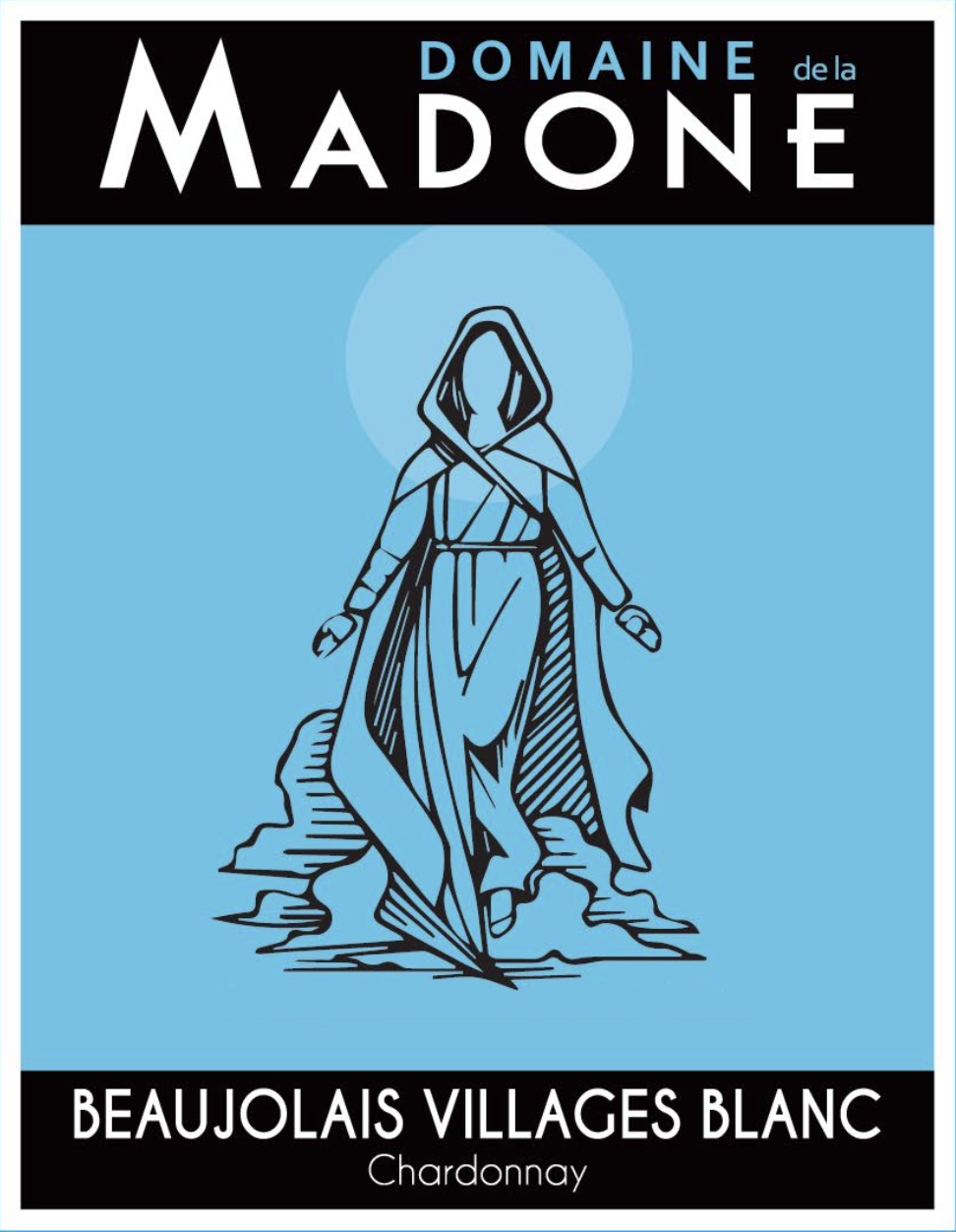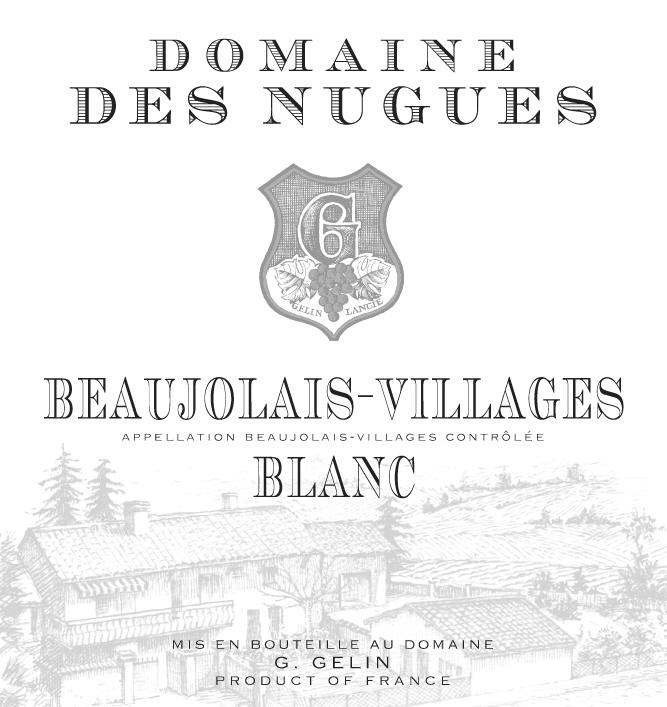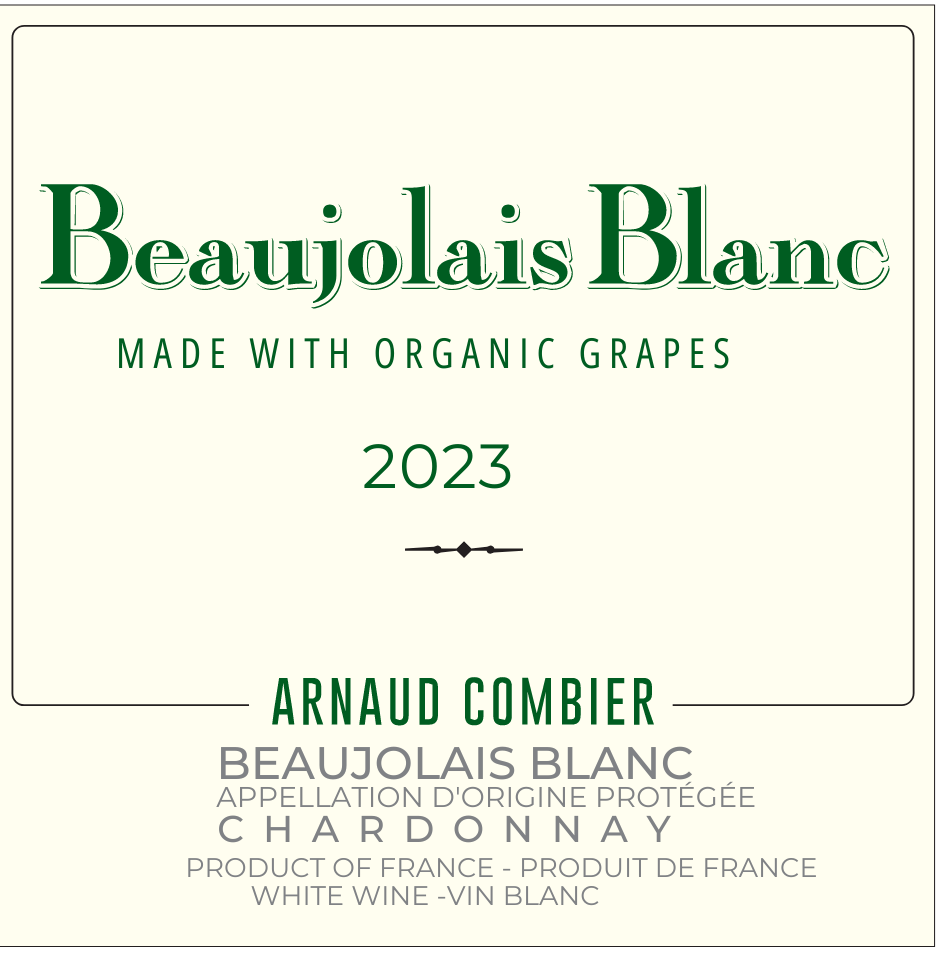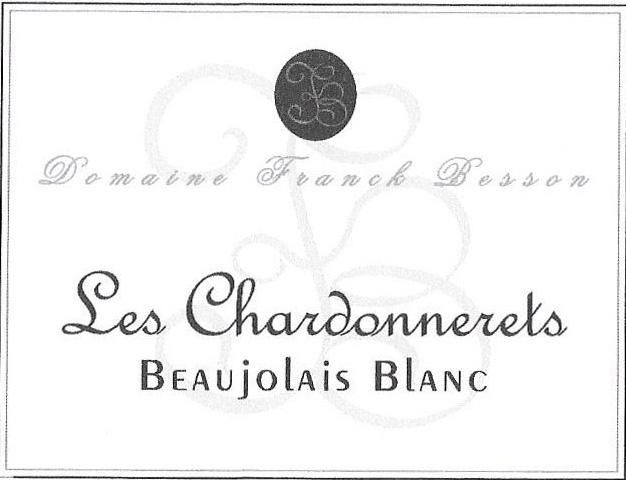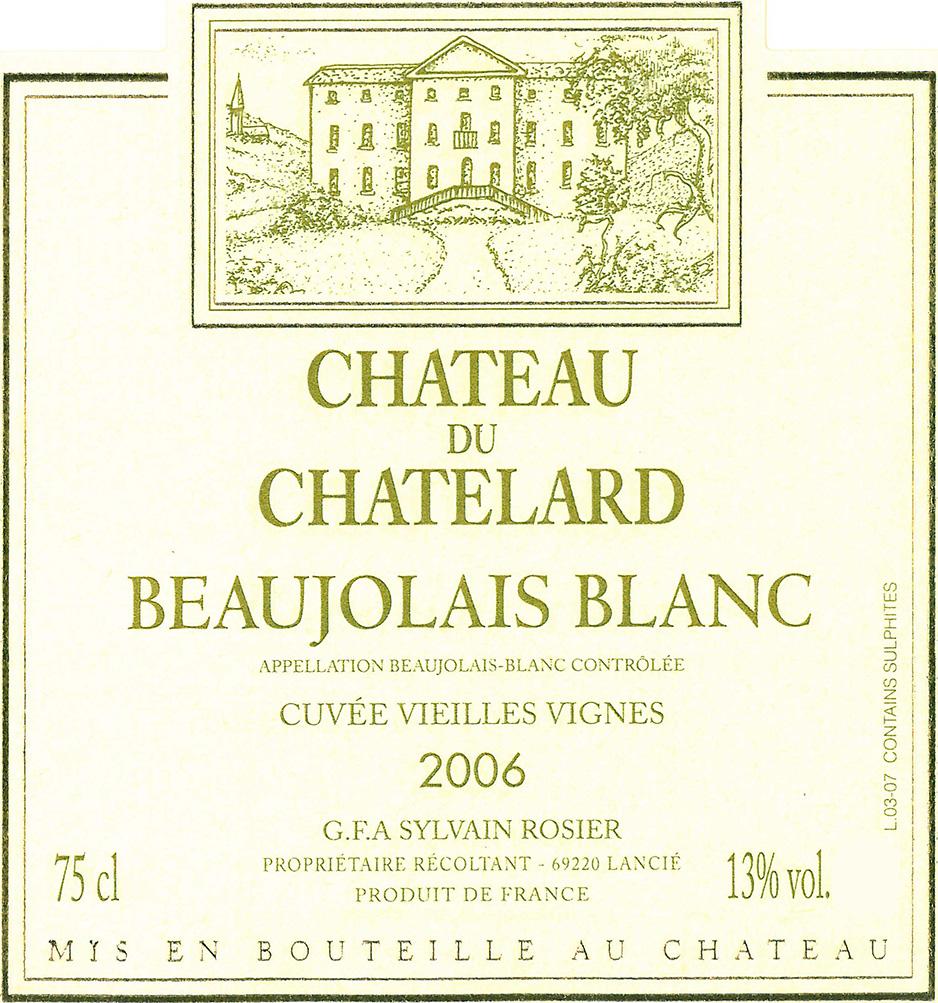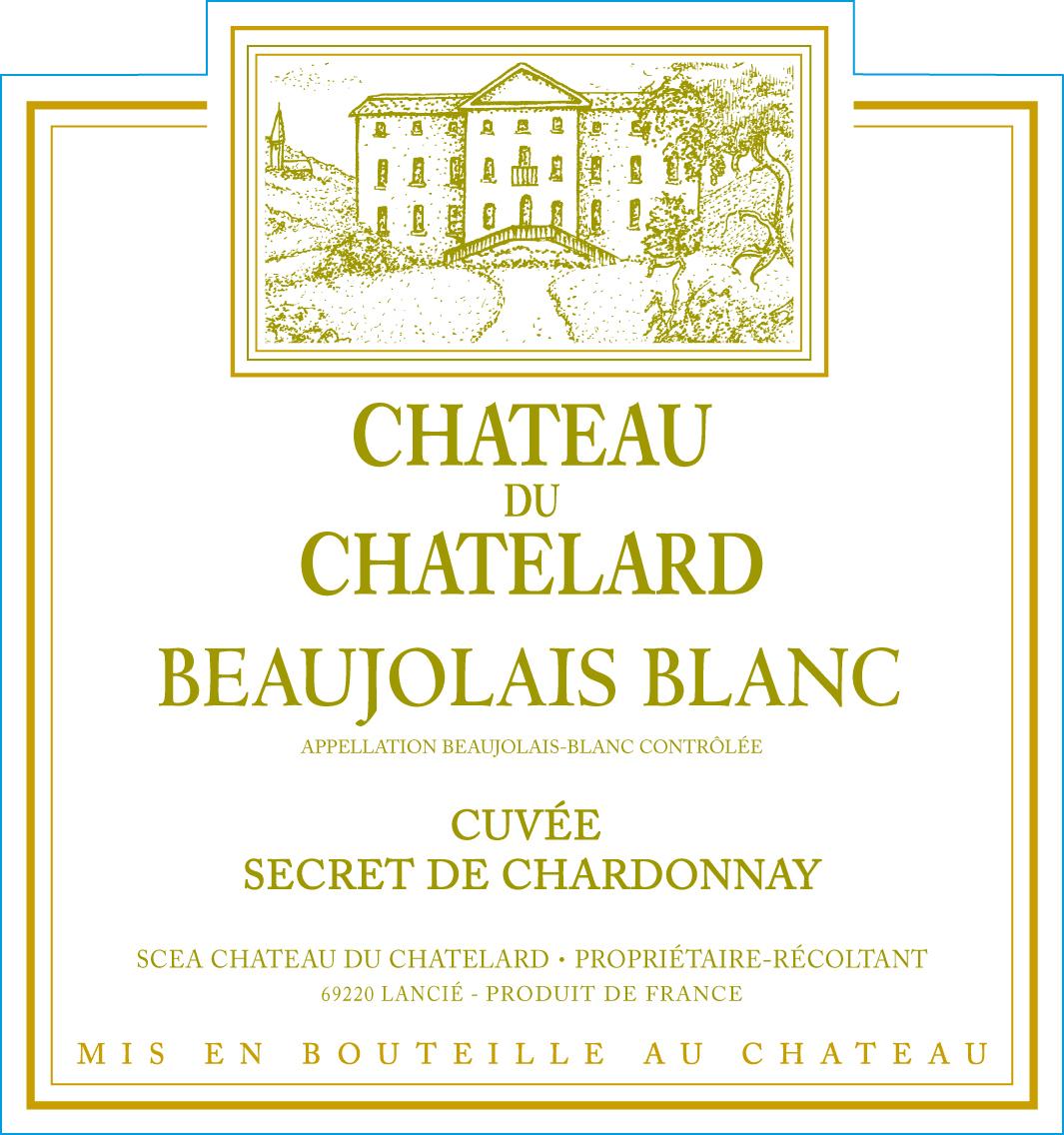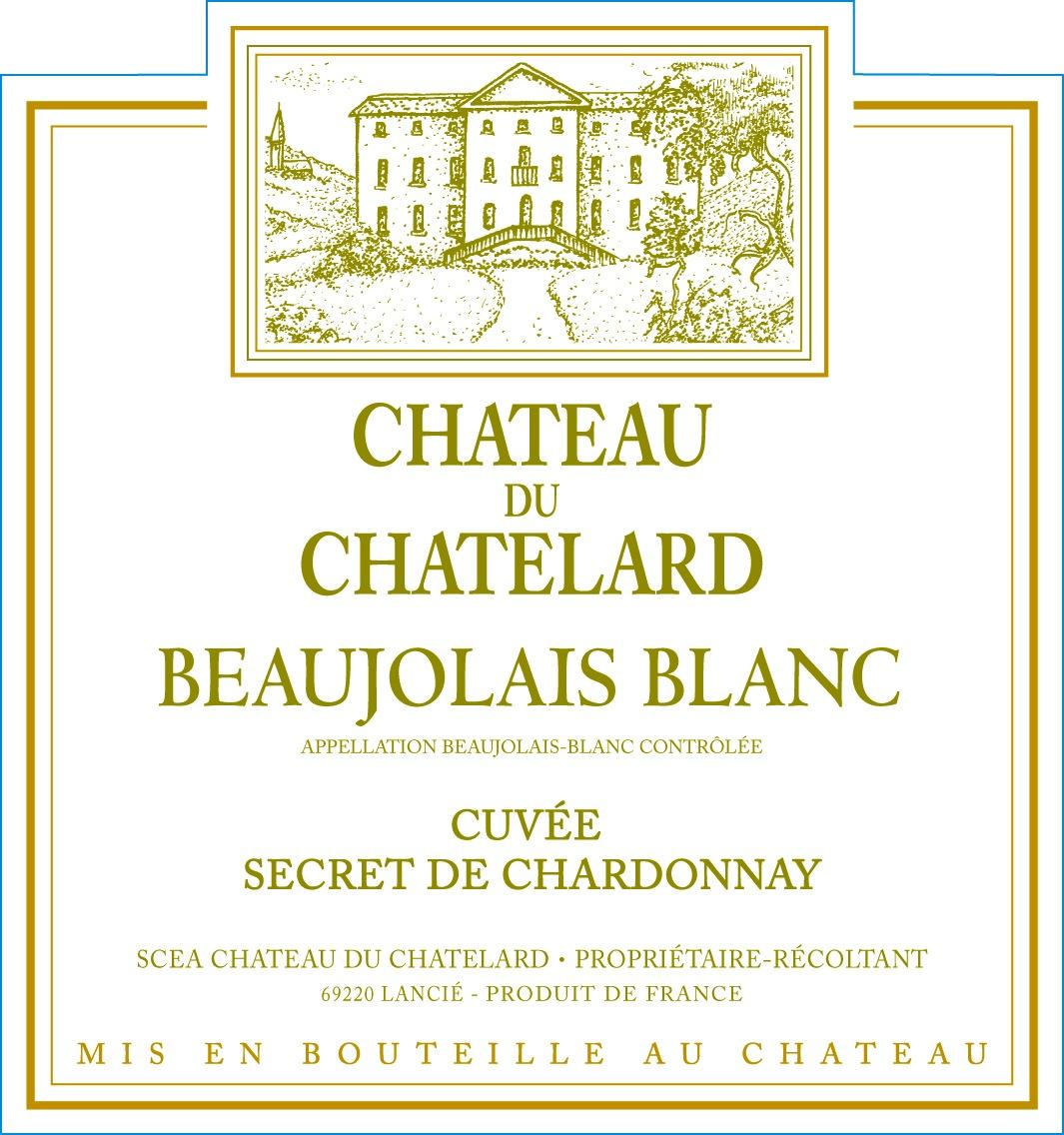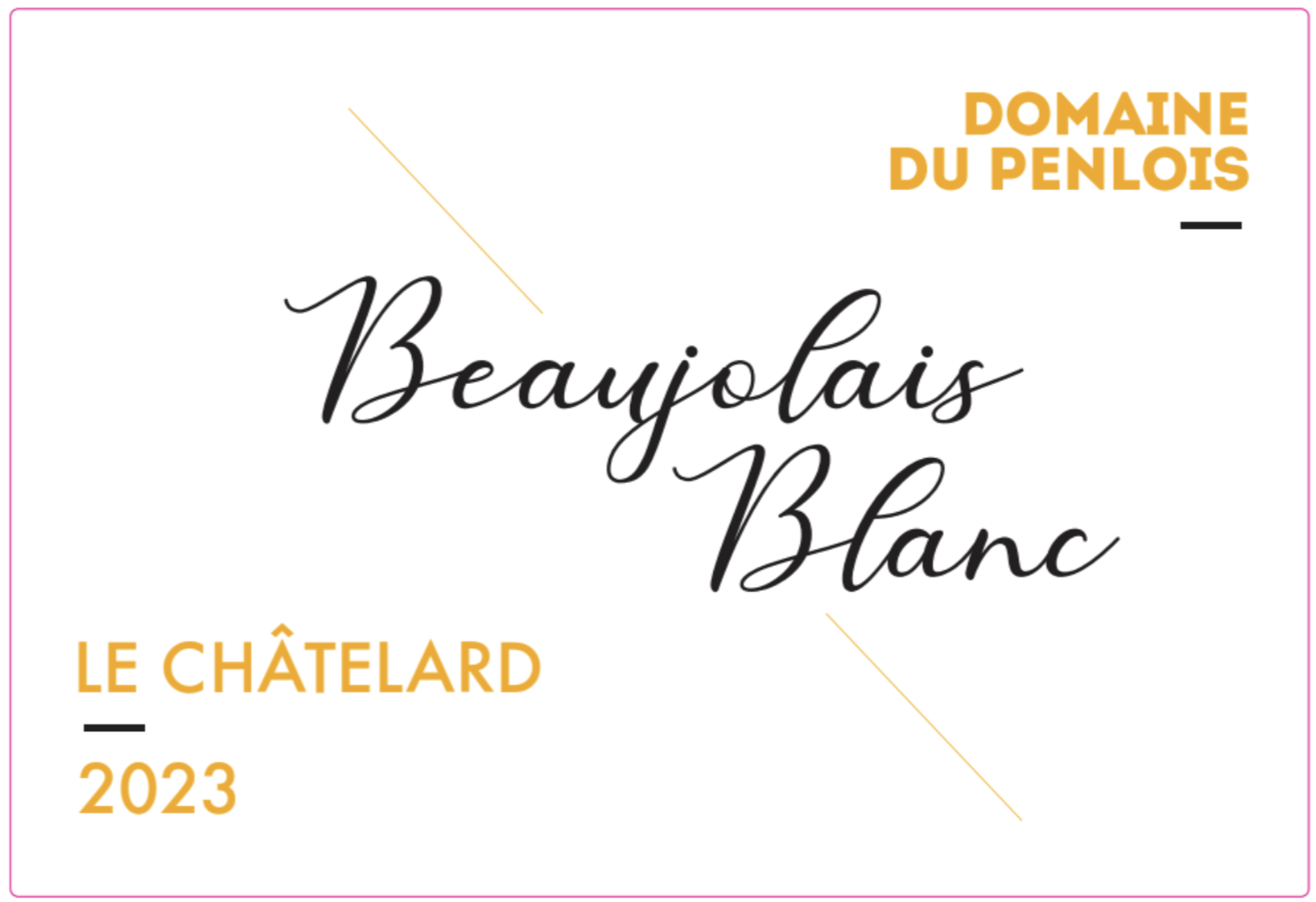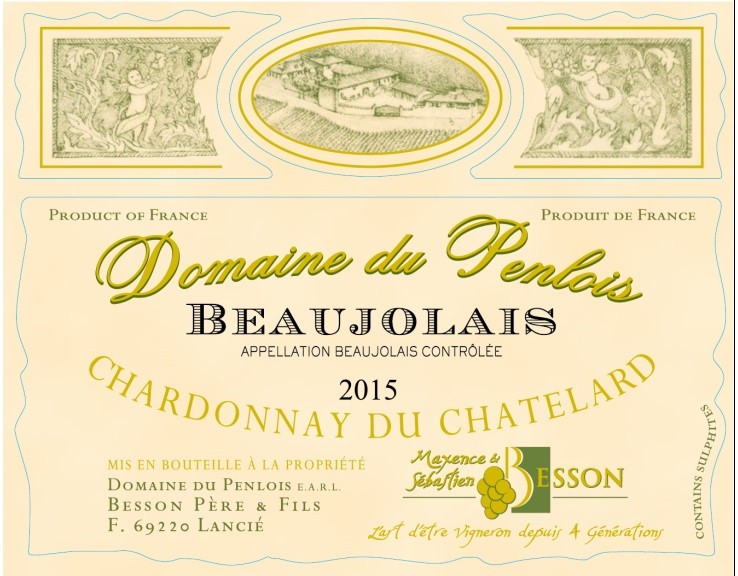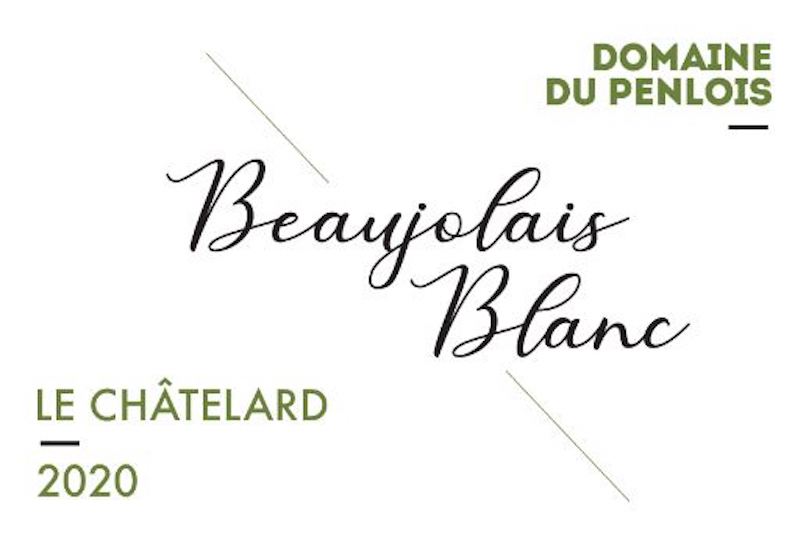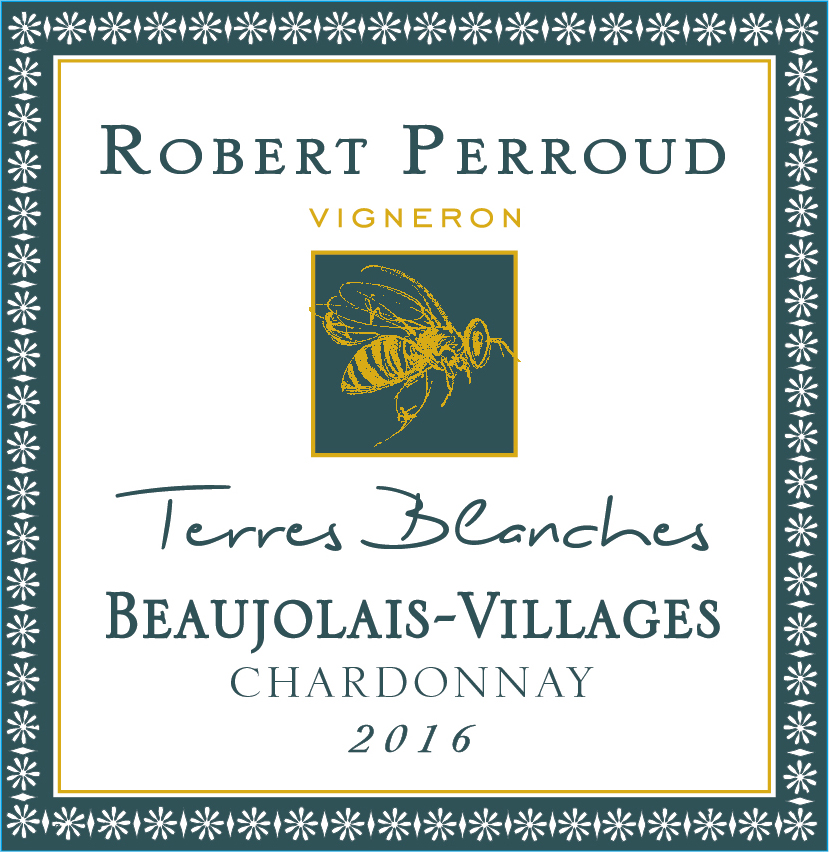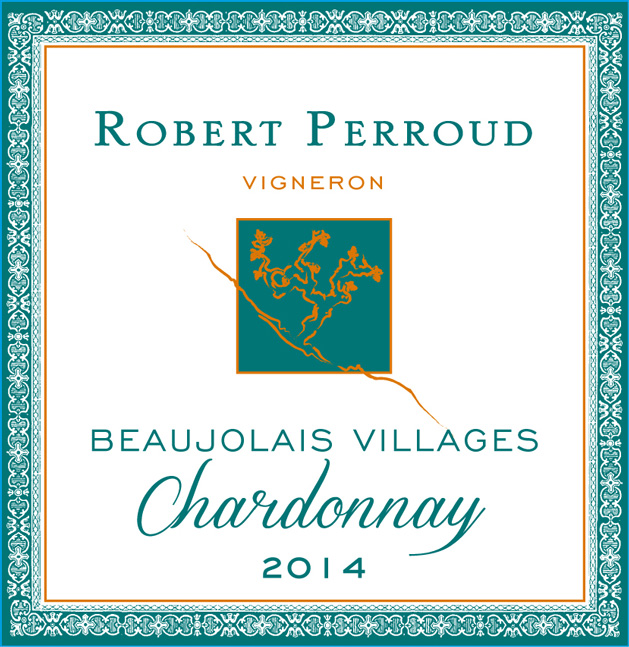Terroir of Beaujolais
Beaujolais has a moderately continental climate with warm, sunny summers and cool to cold winters. This climate, along with the region's varied landscape, helps Gamay grapes stay fresh. The hills, which range from gentle to steep, enjoy good airflow and temperature changes, essential for keeping grape acidity and aromas.
The region's soil varies greatly, from deep clay-limestone in the south to granite and schist in the north. Morgon is known for decomposed granite, while Côte de Brouilly is rich with volcanic rock. These factors give Beaujolais wines their unique traits, from the light Beaujolais AOC to the more complex Morgon cru.
Moderate rainfall year-round and well-draining rocky slopes improve grape quality, aiding the early ripening of Gamay grapes and ensuring their vibrant red-fruit flavors.
Notable Wineries in Beaujolais
The Beaujolais region, famed for its vibrant Gamay wines, is home to several notable wineries that champion both tradition and innovation.
Among these, Domaine Marcel Lapierre stands out for its organic farming and site-specific Morgon wines like “Renaissance.” Similarly, Domaine Jean Foillard has earned acclaim for its natural winemaking approach, producing hand-crafted wines such as “Côte du Py” that capture Morgon’s essence.
In Fleurie and Chiroubles, Yvon Métras creates aromatic, minimally-intervention wines that reflect the unique terroir. Meanwhile, Château de l’Éclair in Beaujolais-Villages is recognized for its eco-friendly practices, setting a benchmark in corporate social responsibility.
Together, these estates highlight the diversity and depth that Beaujolais wines offer beyond the popular Beaujolais Nouveau.
Sustainable Winemaking in Beaujolais
Since the late 1980s, Beaujolais has been at the forefront of sustainable wine production, with growers working collaboratively to adopt eco-friendly practices. The Terra Vitis program, initiated locally in the late 1990s, continues to promote sustainable grape growing across the region.
Many vineyards in Beaujolais have achieved High Environmental Value (HVE) certification, and there's a growing trend toward organic and biodynamic farming. These methods focus on minimal intervention, using cover crops, manual weeding, and composting to preserve soil health and highlight the unique terroir.
Beyond agriculture, wineries in Beaujolais are committed to broader sustainability goals. They focus on reducing packaging waste, recycling water, and enhancing biodiversity. These efforts underscore the region's commitment to making a positive environmental impact while maintaining the vibrant character of its wines.
Wine Tourism in Beaujolais
In Beaujolais, wine tourism offers an immersive experience into the heart of French winemaking tradition. Visitors can explore the medieval charm of Beaujeu with its local wine museum and partake in the vibrant Beaujolais Nouveau festival each November. For breathtaking views, Mont Brouilly offers picturesque hikes amid volcanic hills. Villefranche-sur-Saône serves as a gateway to the region, featuring stunning Renaissance architecture and lively markets. Nearby, Pérouges enchants with its preserved medieval streets and artisan shops.
The Route des Vins du Beaujolais connects travelers to quaint villages and cellar doors, perfect for tasting sessions at family-run domains and historic châteaux. The region's wine tours, whether by bike or car, highlight its diverse terroir and eco-friendly practices, offering a unique blend of tradition and sustainability.
